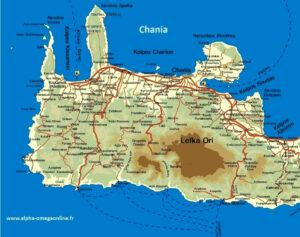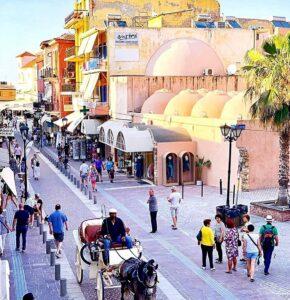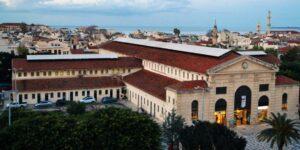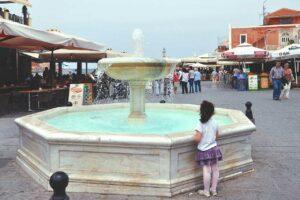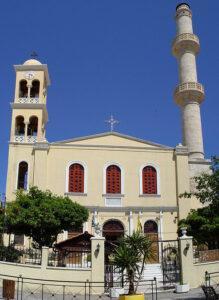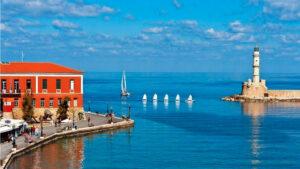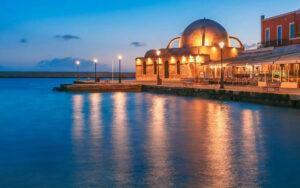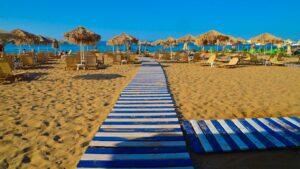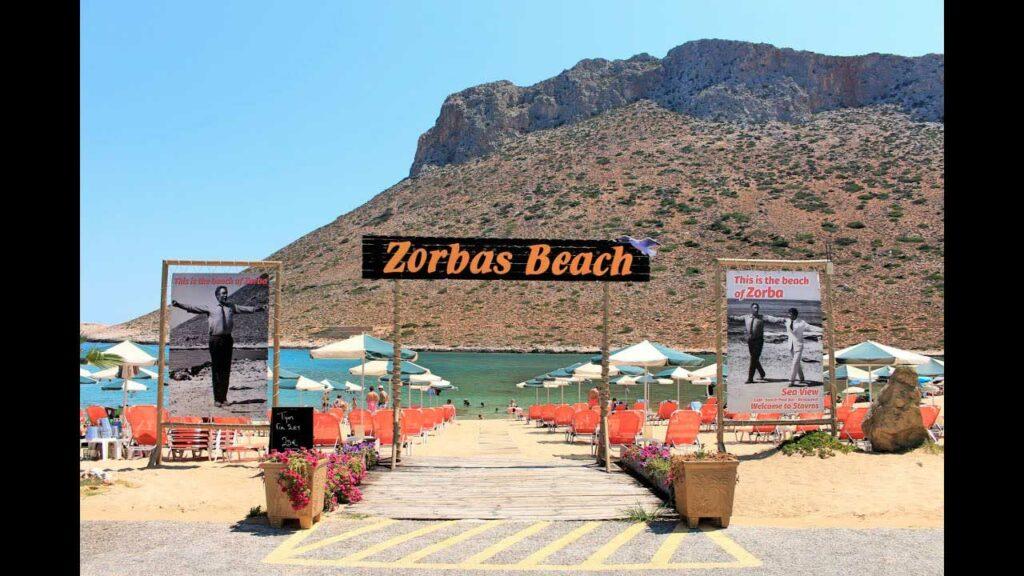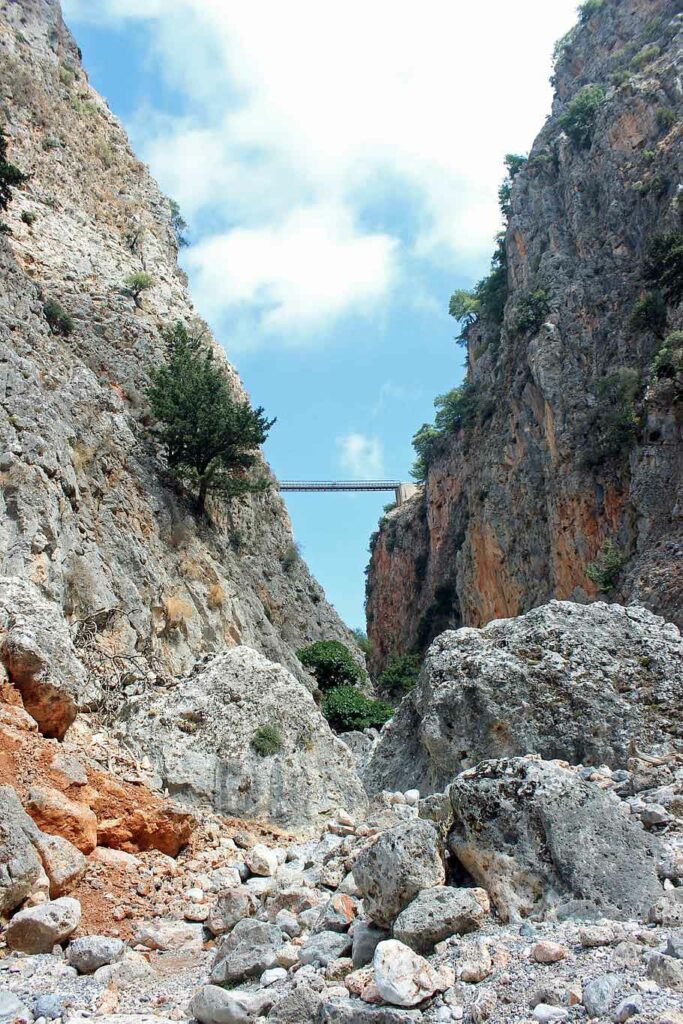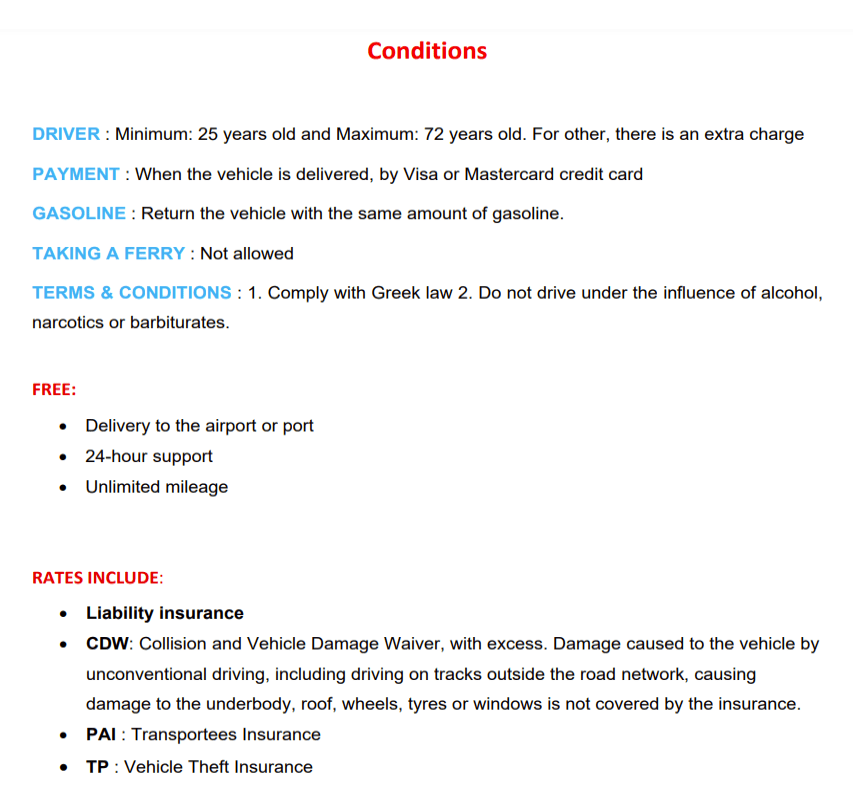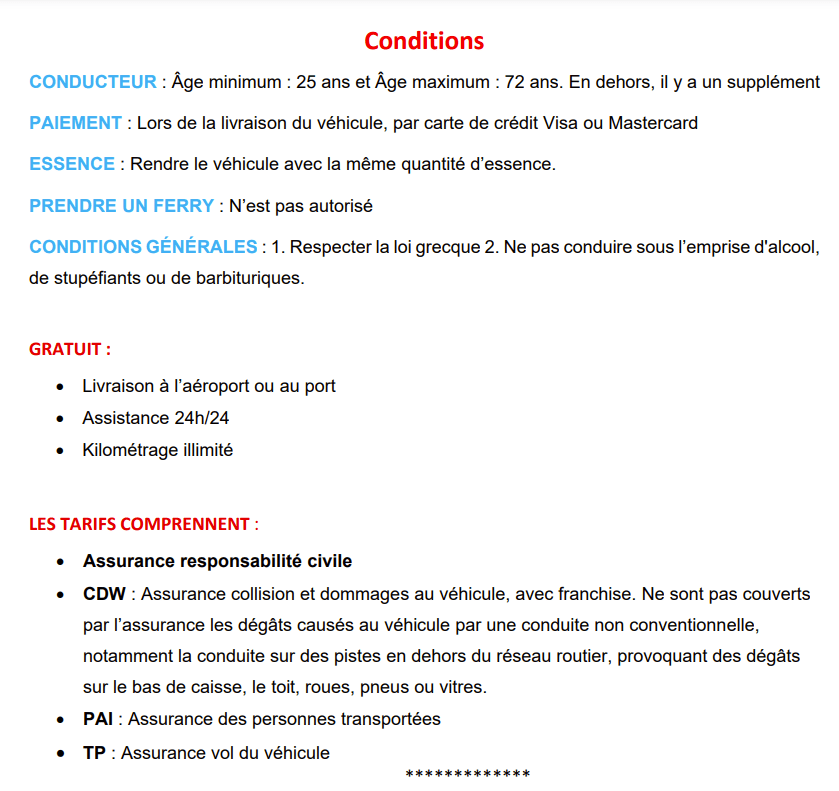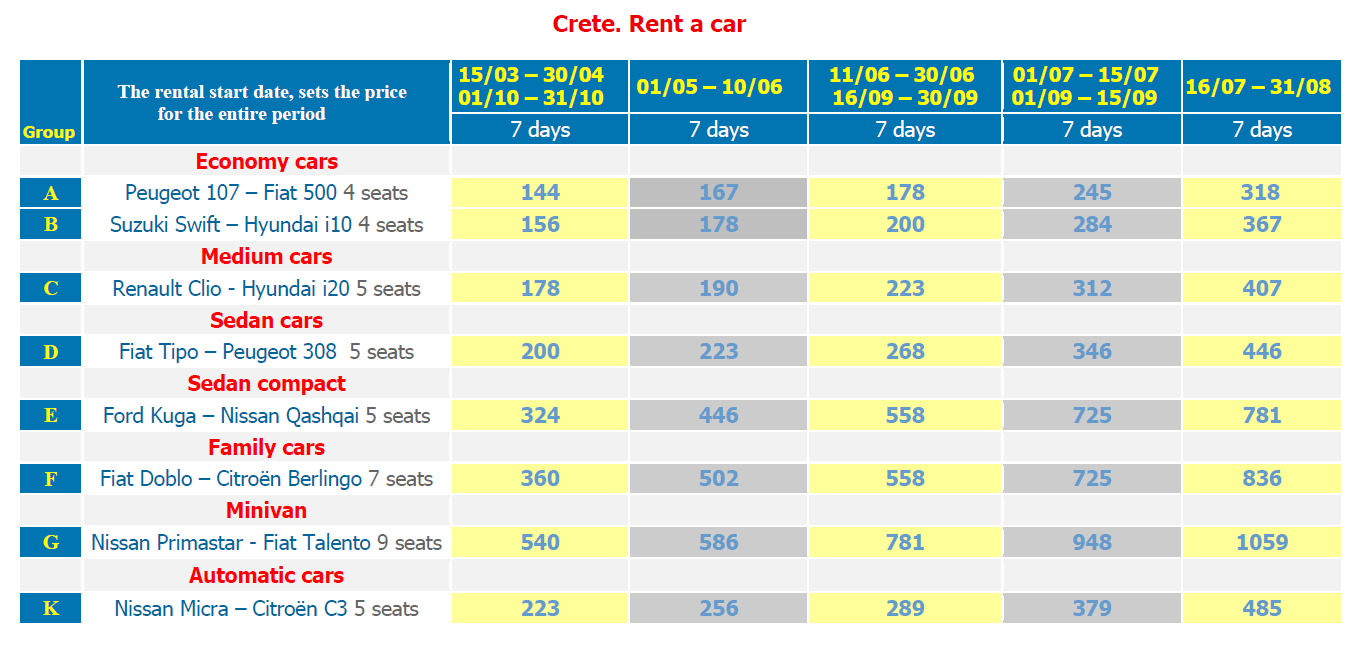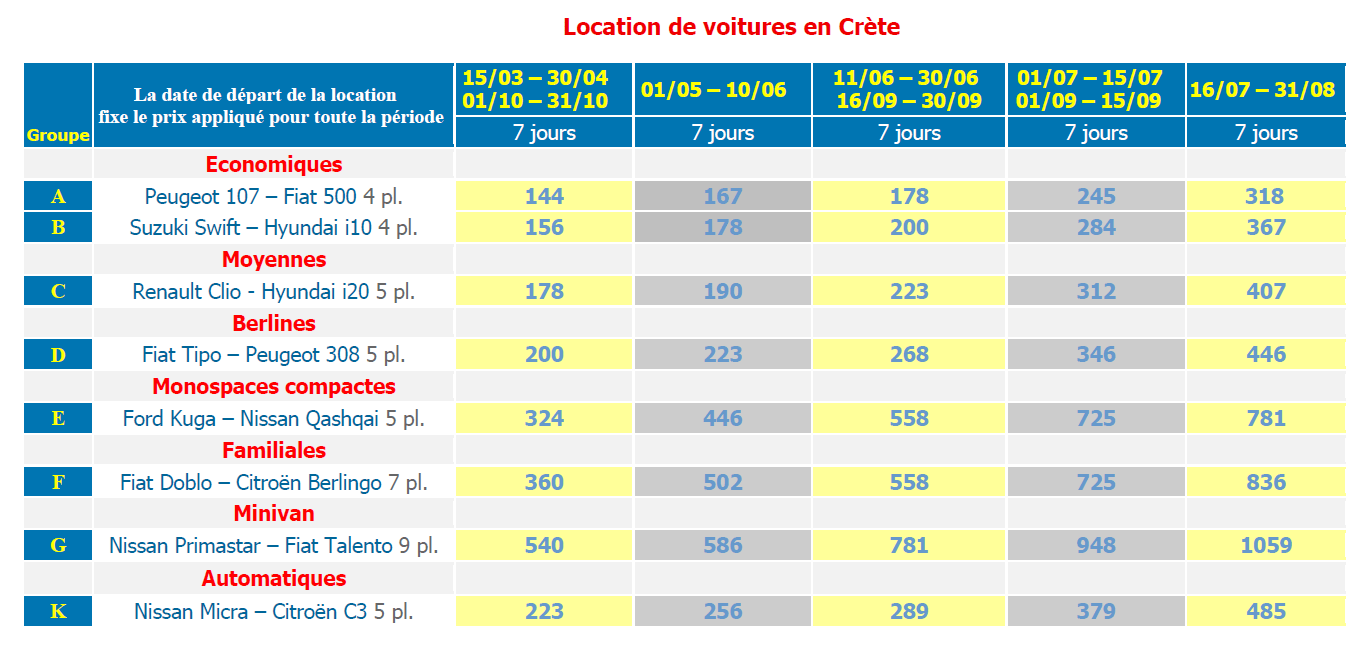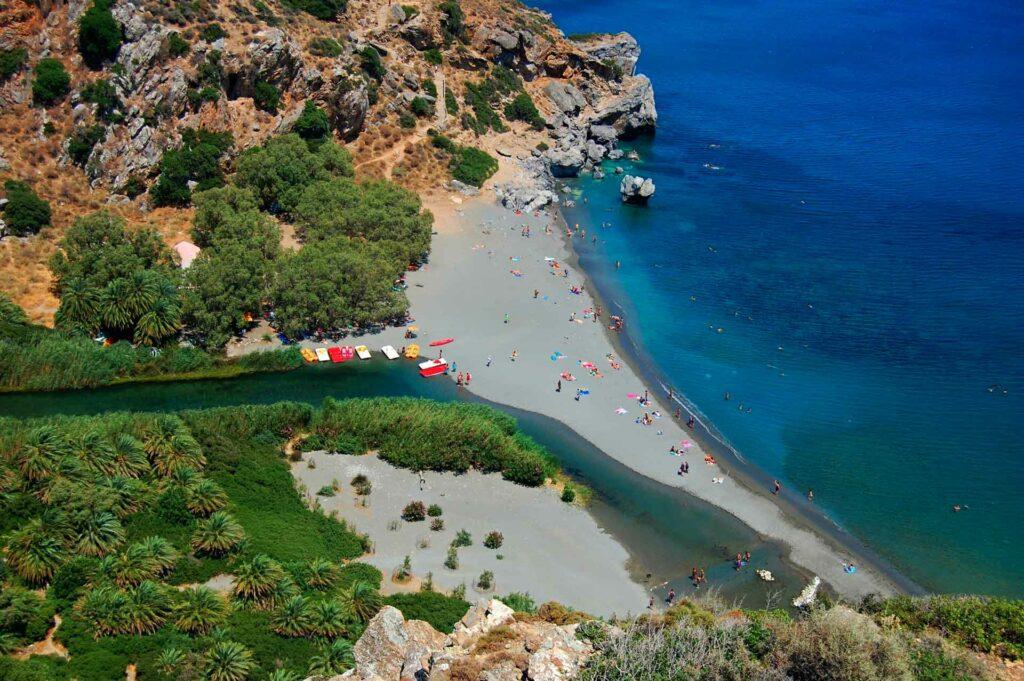Home » DISCOVERY » Crete, Top 10 » Chania (Hania)
Chania (Hania)
Pour beaucoup, Chania est la plus belle ville de Crète. Elle a su garder les vestiges de son passé, d’abord vénitien, et ensuite ottoman. Venise, la Sérénissime, était présente depuis 1204, et, y est restée pendant plus de 4 siècles. Ensuite les ottomans pendant 2 siècles et, enfin, le retour dans le giron grec depuis 1913. La vieille ville et le vieux port vénitien sont restés presque intacts, donnant à la ville un caractère vénitien particulier. Ainsi, les visiteurs de la ville sont enchantés par sa beauté, ses ruelles étroites qui nous transportent à d’autres époques. Enfin, le phare égyptien à l’entrée du petit port et tous les éléments uniques qui composent la magie indémodable de Chania. (Lire plus “city of Chania” dans notre page de blog).
How to get there
En été, des vols directs depuis plusieurs villes européennes. Sinon, vous pouvez passez par Héraklion, mieux desservi, notamment par Bruxelles, Genève, Lille, Lyon, Nantes, Marseille, Paris, Toulouse, Zurich etc. Entre 2h30 et 3h de vol. Une autre solution c’est de faire une escale à Athènes. Pour les déplacements sur place, voir le site des bus KTEL.
To know, to visit, to do
Les points touristiques de Chania sont la vieille ville, le port vénitien avec le phare égyptien. La mosquée de Kioutsouk Hassan, the pedestrian street of Koum Kapi, et les très beaux arsenaux vénitiens (Neoria) du 16e siècle où se trouve aujourd’hui le Centre d’architecture méditerranéenne. Le Market covered, construit il y a un siècle sur le modèle de celui de Marseille. La colline de Kastelli avec l’ancien palais et le site minoen. Le pittoresque quartier ottoman de Splantzia. Le musée archéologique de La Canée. Le musée de la Marine. La forteresse de Firkas, etc. Pour les détails sur la ville actuelle et son histoire, consultez notre blog sur Chania, dans ce site.
To visit in the surroundings
La presqu’île d’Akrotiri, pour les belles plages de Kalathas, Tersanas, Marathi and Stavros, où ont été tournées des scènes célèbres du film “Zorbas the greek“. Sans oublier la visite de deux beaux monastères, Agia Triada and Gouverneto.
Restaurants
Un grand choix ! Faites le bon. Les moyens ne manquent pas pour le savoir. Entre autres “Tamam”, “Ladokolla”, “Adespoto”. Ce dernier offre même la musique !
Top 10 in Crete: Loutro – Elafonisi – Falasarna – Balos – Chania – Samaria gorge – Rethymnon – Knossos – Agios Nikolaos – Vai Beach





